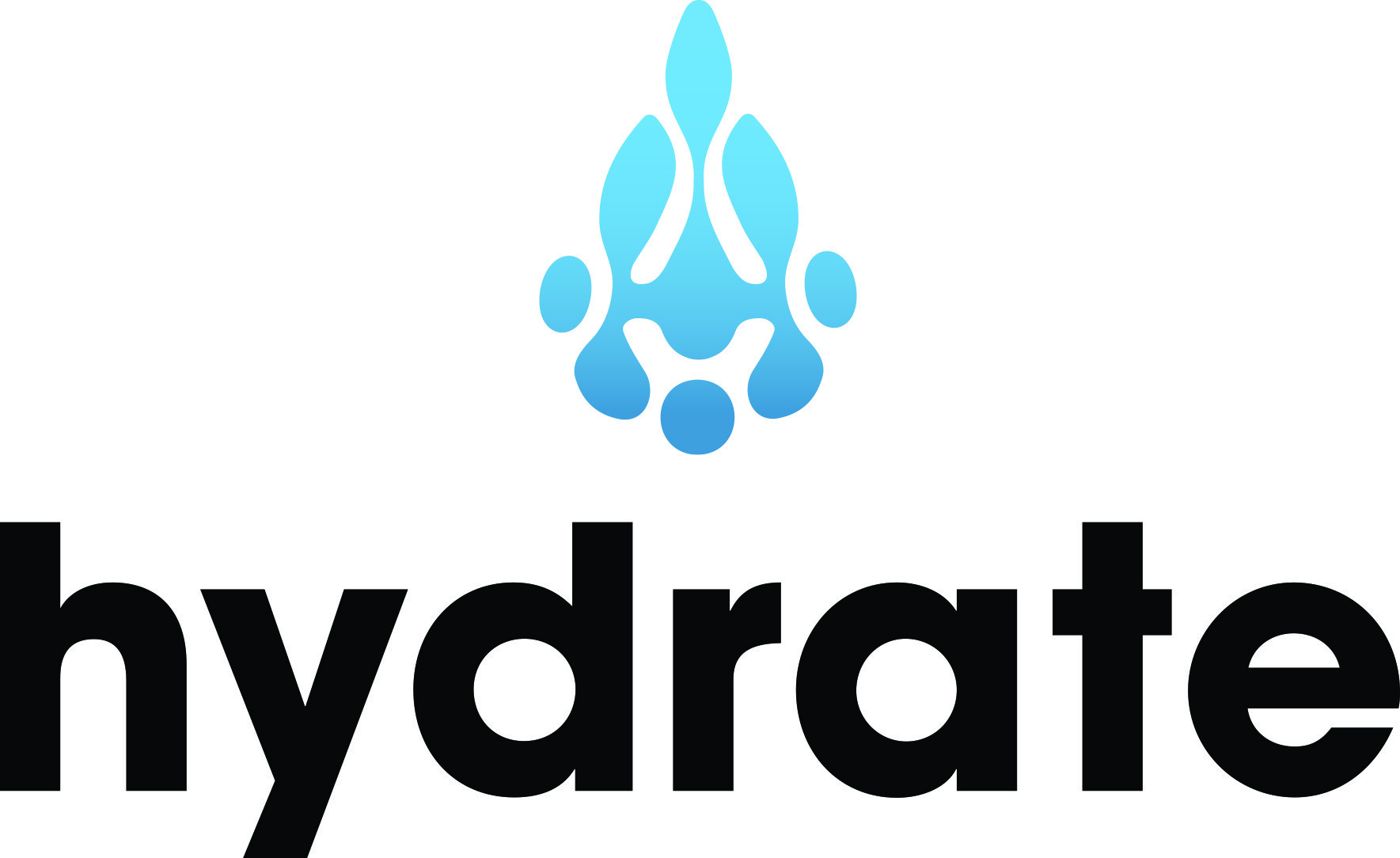If you read our last blog on how to reach the right people at the right time with geofencing, you already know that geofencing is a game-changer for targeting users based on their real-world location. But that was just the beginning. Today, we’re diving deeper into how to make your geofencing campaigns even more impactful—specifically, by using advanced tactics and layering in remarketing to stay top of mind.
Quick Recap: What’s So Great About Geofencing Again?
In short: it’s hyper-targeted, timely, and relevant. Whether you're trying to drive foot traffic, generate leads, or simply increase brand awareness, geofencing helps you connect with people when and where it matters most. But as with most tools, it’s all about how you use it.
Next-Level Geofencing Tactics
Let’s talk about how to evolve your strategy beyond basic location targeting.
1. Behavioral Layering
Instead of targeting everyone within a geofenced area, combine location data with user behaviors like app usage, past purchases, or online browsing. For example, if someone visits a competitor’s store and has recently searched for your product category, that’s a prime prospect.
Dozens of vendors offer programmatic advertising with varying degrees of expertise, market focus, and abilities. You can try to sort through their minimums and policies, or you can work with us, and we can help you build the right program.
2. Custom Radius Targeting
Sometimes, 100 meters makes all the difference. Custom radius targeting lets you zero in on specific locations—like a rival retail chain or event venue—and deliver highly localized messaging. Proximity matters, especially in high-footfall zones.
3. Temporal Targeting
Timing is everything. By scheduling your geofencing ads to run during peak hours (like lunchtime for a restaurant or after work for a gym), you’re catching people when they’re most likely to engage.
4. Event-Based Geofencing
Set up virtual perimeters around conferences, concerts, or sporting events. These environments attract high-intent audiences—people who are engaged, active, and likely to convert. Bonus: you can even target event attendees for days after the event ends (more on that below).
5. Lookback Windows
Speaking of which, historical location data allows you to target users who visited a location recently—even if they’re no longer there. This opens the door to more strategic follow-up, especially when paired with remarketing.
What Is Geofencing Remarketing (and Why Should You Care)?
Remarketing is the digital equivalent of a polite nudge: “Hey, remember us?” It involves re-engaging people who’ve interacted with your brand—whether by visiting your site, engaging with your content, or, in this case, entering your geofence.
Here’s how it plays out in a geofencing context:
- Someone walks into a geofenced area (say, a trade show you’re sponsoring).
- They leave.
- Days later, they see an ad on Instagram or a display network that reminds them of your offer.
- They click, convert, or at least remember your name.
This tactic keeps your brand front and center, even after the moment of interaction has passed.
How to Make Geofencing Remarketing Work Harder
Here are some tried-and-true approaches to getting the most from your remarketing efforts:
Serve Sequential Ads
Guide users down the funnel by changing up your creative based on where they are in the journey: awareness ad first, offer ad next, CTA ad last.
Cross-Device Targeting
Many users who are geofenced via mobile will later browse on desktop. With the right tools (like Google Ads or Facebook Pixel), you can follow them across devices and channels.
Cap Your Frequency
No one likes seeing the same ad 17 times a day. Frequency capping ensures your brand stays visible but not overwhelming.
Mix Up the Creative
Change headlines, colors, or CTA language to keep things fresh. A/B test what works and optimize based on the data.
On average, retargeted ads are 76% more likely to get clicks than regular display ads—so this stuff truly works!
Why It Matters: Connecting the Dots Across the Funnel
Combining geofencing with remarketing creates a full-funnel strategy that captures attention at the top and nurtures it toward conversion. It’s especially effective for:
- B2B: Targeting conference attendees, then serving ads about your latest whitepaper or booking page.
- B2C: Geofencing store visitors, then promoting an exclusive post-visit offer online.
You’re not just casting a net—you’re fishing with a spear and following up with a handwritten note.
Let’s Make It Work for You
Advanced geofencing is more than just drawing digital perimeters—it’s about creating meaningful, personalized experiences that drive results. If you’re curious about how these tactics could fit into your marketing strategy, let’s talk.








